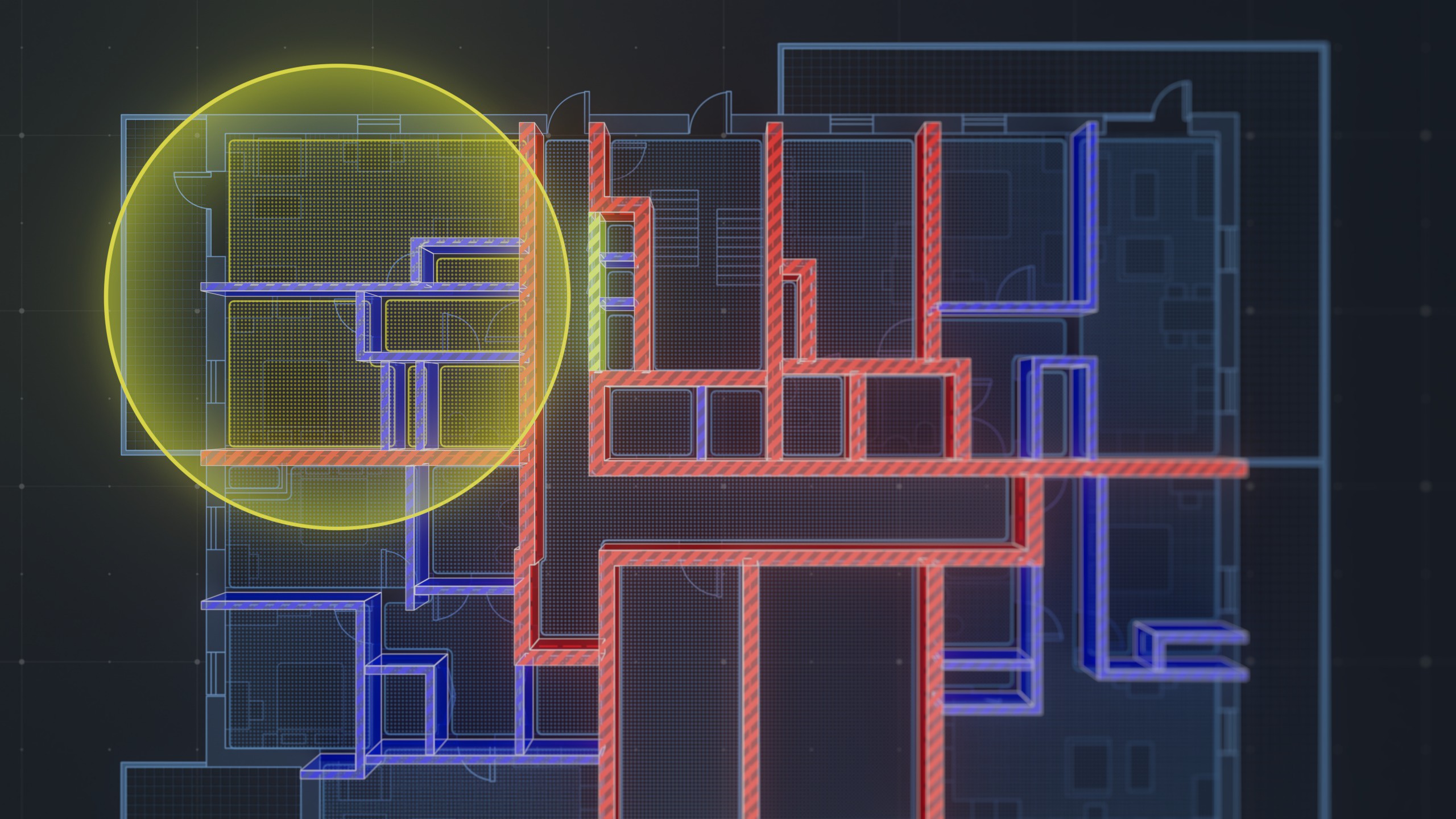Construction specifications are the materials, products, and other details used in construction projects. These documents can include architectural plans, product data sheets, and maintenance manuals. Altogether, construction specifications outline the quality standards and requirements for a particular project.
A construction project's specifications set clear expectations for all contributors. Architects can access blueprints and other measurements. Contractors can access materials inventories. Engineers can access product data sheets. Construction specifications might also contain compliance regulations or contract details.
Construction specifications play a critical role in keeping projects on time and under budget. They help all workers avoid unnecessary risks, understand project steps, and follow safety protocols.
Why Are Architectural Specifications Important?
Architectural specifications play an important role in virtually every construction project. They provide details to inform each project step and contribute toward effective construction management.
Construction specifications ensure operational consistency across an entire project. They help create transparent communication, an essential step in the construction management process. Construction specifications also help minimize risks and improve efficiency across all project contributors.
A project’s specifications also help fulfill essential legal and compliance steps. Without architectural specifications, construction projects lack sufficient insight into their workforce, budget, materials, and other information. Signing off on a construction project without construction specifications can leave you liable to inefficiency at best, and legal disputes at worst.
Who Is Responsible for Preparing a Construction Spec?
A team of construction professionals is typically responsible for creating construction specifications. This team typically includes architects, engineers, managers, and other construction leaders. However, a project's participants often depend on project details, timeline, location, and other factors.
That being said, architects play a particularly key role in developing construction specifications. Architects will determine project requirements, prepare blueprints, and review designs. They also consult with other project contributors, reviewing measurements before construction begins.
What Information Do Construction Specifications Contain?
Construction specifications provide guidelines and information for all parties involved in a construction project. While some information is valuable for all project members, other specifications might concern only one or several contributors.
Most construction specifications contain information on building materials. Specifications should also include details on the equipment contractors need to install building materials.
Scheduling is another important component of many construction specifications. Specifications should include estimated completion dates, along with details on anything that could slow a project down.
Warranties and maintenance represent another major part of construction specifications. These details include product and equipment warranties and explain any estimated repairs.
Construction Spec Formatting
Construction specifications should be formatted in a clear, concise manner. Most use language that’s easy for every project contributor to understand. Typical construction specifications are formatted to include a few common elements, including an introduction and details and warranty requirements.
After an introduction, construction specifications need details on the project’s scope of work. This section should include a description of the project size and a list of materials and equipment.
Any details on products or quality control should follow the original scope of work. These sections should provide additional context for structural materials, finishes, and systems. Your quality standards will include information on workplace policy and inspection requirements.
Many construction companies use software that accelerates the construction takeoff process. These tools improve efficiency while eliminating costly mistakes and contradictions. They can also help construction leaders save time through automated dimensional calculations and other benefits to blueprint measurement.
Types of Construction Specifications
There are several different types of construction specifications. Specifications can be prescriptive, performance, or proprietary. Different specification types are used to provide important information about project requirements, materials, and work standards.
Prescriptive Specs
Prescriptive specifications provide detailed instructions for building design and construction. They establish rules about project materials, products, and systems used during the construction process.
Construction leaders can control each stage of the building process through prescriptive construction specifications. They also provide valuable information to builders — identifying materials and installation steps.
Performance Specs
Performance specifications identify how structures should perform after they’re built. Unlike prescriptive specifications, performance specifications establish how specific buildings should be utilized. For example, a building’s performance specifications might include its intended energy efficiency, sustainability or fire protection.
Performance specifications ensure that each building or structure meets the original builder’s goals. Projects that include heating and cooling systems, electrical or gas systems, roofing systems, and plumbing systems all benefit from performance specifications that outline intended usage details.
Proprietary Specs
Proprietary specifications identify which manufacturers, brands, or products a construction project will use. These specifications are used for projects that require specific building materials. Some projects also use proprietary specifications if they include specialized construction steps.
Construction companies typically use proprietary specifications when a project needs specific materials. For example, a proprietary specification might call for a brand of window, door, or roofing system.
How Do You Read Construction Specifications?
Some information contained in construction specifications applies to most or all construction employees. Particular sections might be meant for architecture, engineering, or executive teams.
Construction specifications typically begin with an introduction that outlines the project. A general requirements section will provide further context on major project details. Together, these sections provide important information on materials, budget, and team members.
Most construction specifications also include information on mechanical systems, electrical systems, and compliance. These sections are often relevant to project managers and engineers, both involved in system design steps.
Blueprints vs. Specifications
Blueprints and construction specifications are key components for a project's success. Both work together to create a comprehensive description of project details, from materials to measurements. While blueprints provide visual project data, construction specifications outline non-visual information. These details can include more context on building materials, equipment, and labor.
Blueprints are designed representations that show design and layout. These designs are often created before a project begins and show common building features. They mark the location of intended doors, walls, windows, and other items.
Architects, engineers, and other workers can use blueprints to understand project requirements. Blueprints also demonstrate design intent, helping project contributors understand all building features.
They identify the type and quality of materials and outline installation steps. They also emphasize any compliance regulations that must be upheld. Contractors, subcontractors, and materials suppliers all use construction specifications to ensure that their actions meet project standards.
As illustrated, both blueprints and specifications are necessary for many construction projects. Construction specifications create a foundation for the project. Blueprints build on that foundation.




.png)